-
Legacy Member

New to me Rolling Block - I know next to nothing about these
-
-
08-24-2014 01:29 AM
# ADS
Friends and Sponsors

-
Advisory Panel


Danish (?) RB

Originally Posted by
kotkinjs1

Centerfire? Rimfire? Caliber?
Well if you have it in your hands, those are questions you can answer for yourself !!!

Originally Posted by
kotkinjs1

Ideas on where this was contracted out to? I assume Europe for the crown stamp.
It looks like one of the early Danish RBs (the crown stamp) which were actually made by Remington, having the correct Remington stamped text on the tang. Hence the "U"s on the right side of the barrel bands (U= up, reads correctly when the rifle is standing upright in a rack) and the Danish crowns stamped later on the left. It took a long "Yataghan"-type sword bayonet.
RBs (the crown stamp) which were actually made by Remington, having the correct Remington stamped text on the tang. Hence the "U"s on the right side of the barrel bands (U= up, reads correctly when the rifle is standing upright in a rack) and the Danish crowns stamped later on the left. It took a long "Yataghan"-type sword bayonet.
The rifle number (possibly damaged) should be on the left side of the barrel, around the "waterline" and below the backsight. Remove the fore-end wood and take another look. There is another Danish crown stamped between the number and the receiver (this latter seems to be visible). The rifle number is also stamped on the side of the tang (i.e. not visible when the rifle is assembled)..
However, the backsight does not look like the original one for a Danish RB, but rather like the type I have on my Egyptian RB. The original had a very long backsight leaf that protruded beyond the sight base. Easy to imagine that these were often damaged and replaced by a more conventional backsight. The Danish RB cartridge went through a couple of versions, and the later Danish barrels were apparently tighter than the early Remingtons, so you will have to make a chamber casting to establish which one it is.
BTW, although it may turn out to be close, it is NOT 45-70. Dealers have been known to describe Danish RBs as being chambered in 45-70, presumably hoping that the customers would not notice the difference, at least not immediately. Hence, A CHAMBER CASTING IS A MUST!
Last edited by Patrick Chadwick; 08-24-2014 at 08:28 AM.
-
Thank You to Patrick Chadwick For This Useful Post:
-
-
Legacy Member

Patrick, thanks for the reply. I've been able to find some more info and I've read that the sights were switched out at some point from the original to the long type when Denmark converted them to a smokeless CF round from the original RF. Possibly then this is the earlier, unaltered for some reason, type?
converted them to a smokeless CF round from the original RF. Possibly then this is the earlier, unaltered for some reason, type?
And from what I've read it also seems like the Remington-produced rifles left the factory without serial numbers. Only the later Danish made ones were stamped with the serials. Again, making me thing this is an early Remington made one for the Danes?
-
-
Legacy Member

I have a sporterized version of the rifle and mine had the same type of sight. Is your rifle .45 cal or .50 cal. Is yours still rimfire?
john
-
-
Legacy Member

jamie5070, still RF - hasn't been converted to CF nor does it have the elongated rear sight as I've read they were all switched to upon conversion. Not sure of the caliber yet. Original, unconverted, model 1867s were in 12.17x42RF and 12.17x44RF rimfire (so says wikipedia at least). But I've also been told it could be 11.7x46R?
-
-
Advisory Panel



Originally Posted by
kotkinjs1

I've read that the sights were switched out at some point from the original to the long type when
Denmark
converted them to a smokeless CF round from the original RF.
In which case, the block might well have TWO holes for firing pins! One for the rimfire, and one for the centerfire.
---------- Post added at 07:53 AM ---------- Previous post was at 07:48 AM ----------

Originally Posted by
kotkinjs1

And from what I've read it also seems like the Remington-produced rifles left the factory without serial numbers.
I doubt that. Any factory needs to be able to identify what it produced, to confirm production of quantity ordered and/or delivered, identify a lot in the event of quality problems etc. The Remington factory number is on the tang of your rifle. Whether or not the Danes added an issue number of their own after acceptance is another matter.
---------- Post added at 07:59 AM ---------- Previous post was at 07:53 AM ----------

Originally Posted by
kotkinjs1

Original, unconverted, model 1867s were in 12.17x42RF and 12.17x44RF rimfire (so says wikipedia at least). But I've also been told it could be 11.7x46R?
As I wrote - you really need a chamber cast! The 11.7 calibre seems to have existed in lengths 41.5mm / 45.5mm / 51mm (or 51.6mm).
-
-
Legacy Member

also, forgot to mention, it has a centerfire block. No double firing pin conversion, just CF. Which is odd (?) because if it was a conversion it should have the newer style rear sight and ladder? I've read that the CFs were converted for mainly civilian use after the Danes took them out of service?
-
-
Advisory Panel


Well I reckon for any sensible shooting the backsight is the wrong way around. If you get into the aiming position, that curved slope on the crosspiece of the leaf should be at the front - away from your eyes. If it is towards you, then it reflects horribly and just does not make sense. That curved slope must be at the front if you want to get a good sight picture. As it is, the crosspiece with the sighting notch is also uncomfortably close to the eye. The other way around, it would be a bit further away.
Now before anyone comes with claims of "originality" for one direction or the other, please note that I am just going by what makes sense for shooting. (Layman's book shows RBs with the sight in both directions, so that's no help.) Looking at my other BP rifles, the voting is 100% for any non-vertical surface being at the front, away from the shooter's eye.
Both backsight and block could be (and were) easily switched out. RBs usually had a long service life, and armorers quite pragmatically repaired and upgraded rifles according to the parts that were available. So you should not get upset by your rifle failing to match some hypothetical "book" standard.
Last edited by Patrick Chadwick; 08-25-2014 at 04:42 PM.
-
-
Legacy Member

-
-
Legacy Member

Got the Berdan cartidge in the mail today - fits like a glove! Well, the hand inside the glove I guess is the more correct analogy. The extractor closes flush with the rest of the breech and the rolling block seems to sit flush on top of that when closed making a tight seal. No wiggle or anything sticking out at all.
So that would mean this is an unaltered Greek contract rolling block sent to France probably in the latter half of 1870? One of about 9000?
probably in the latter half of 1870? One of about 9000?
-
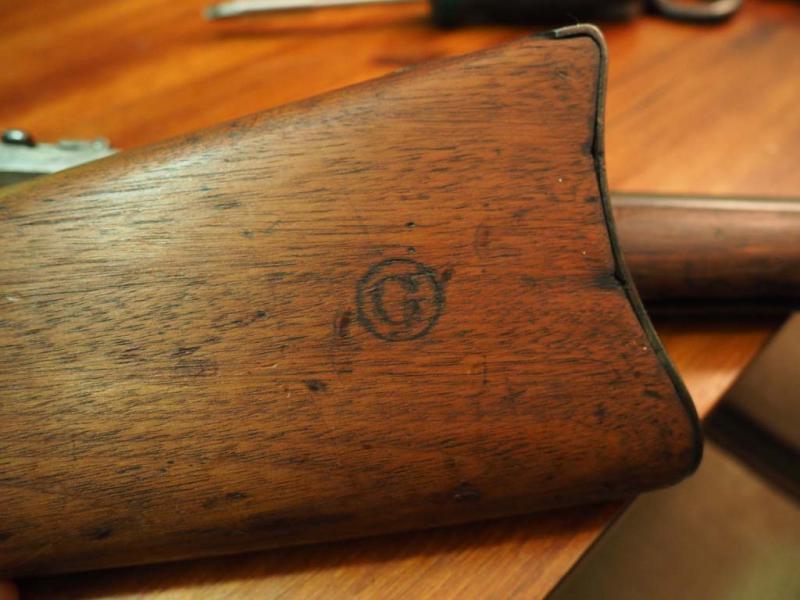 Information
Information














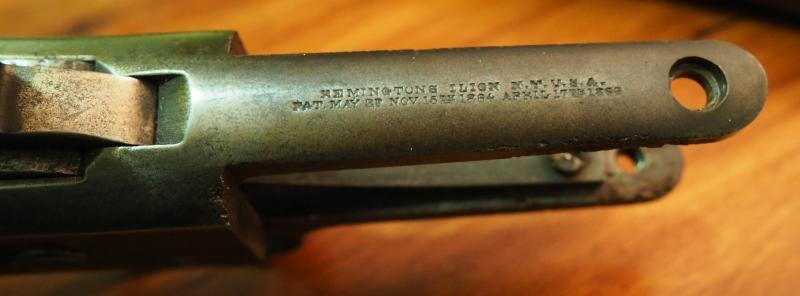
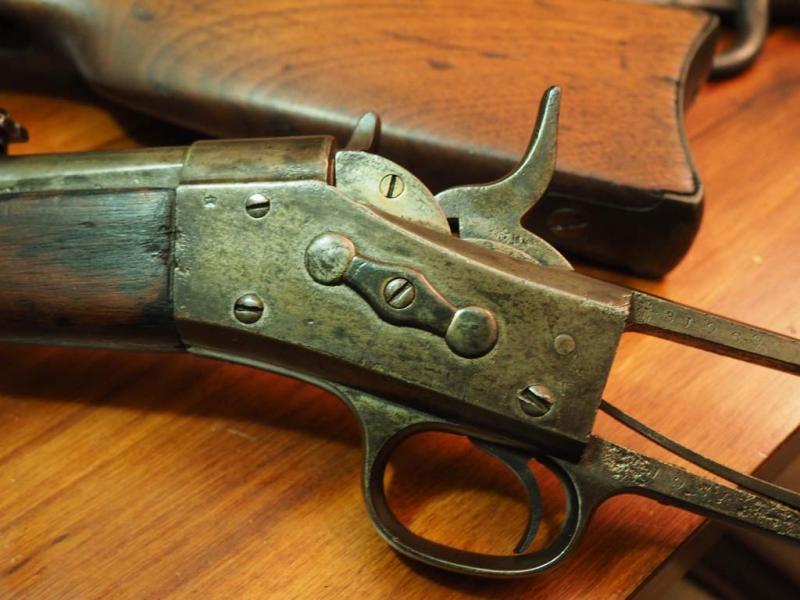
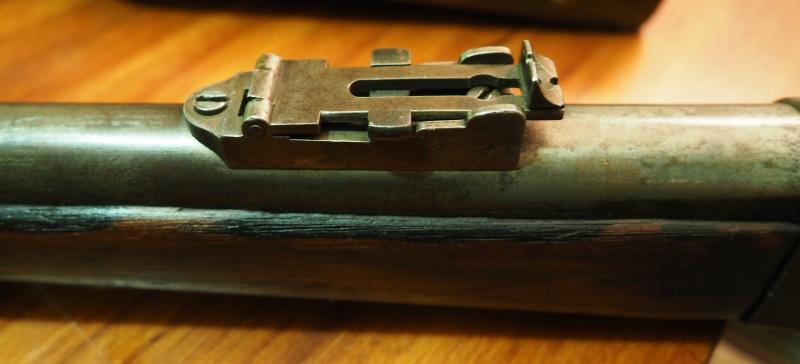
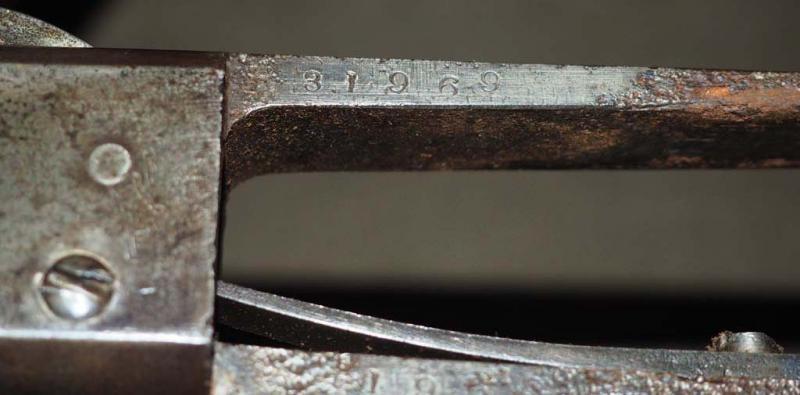
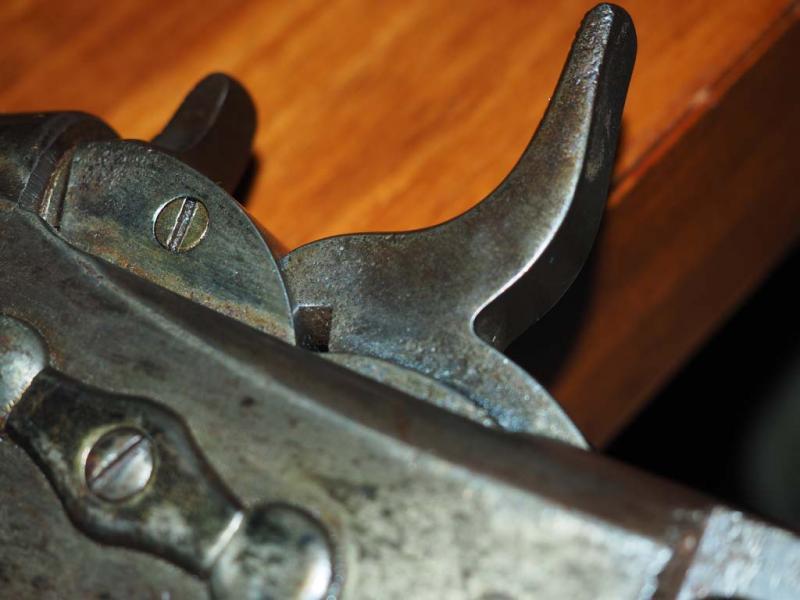
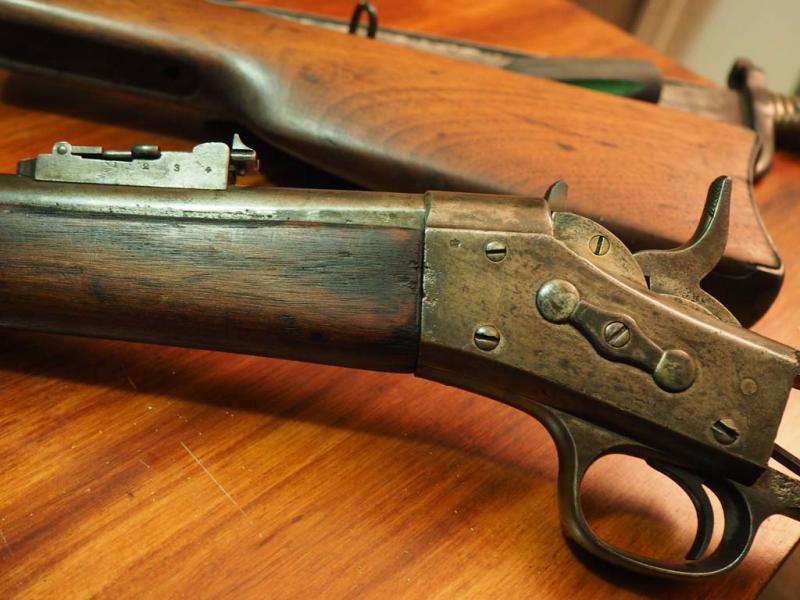
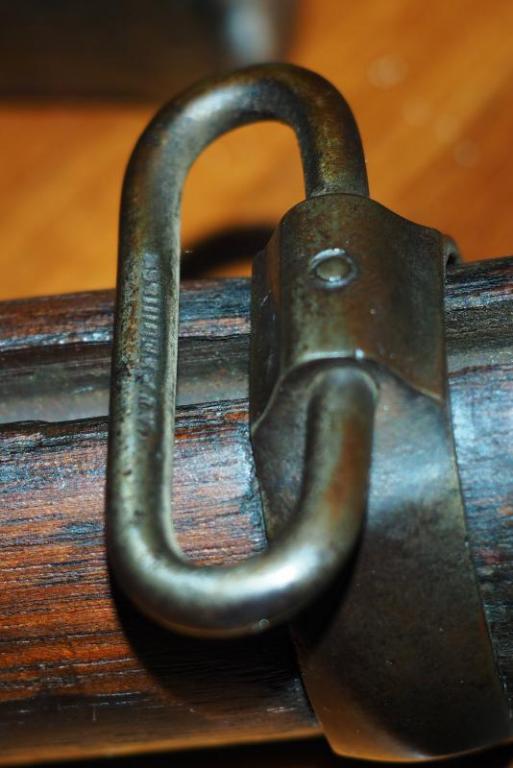
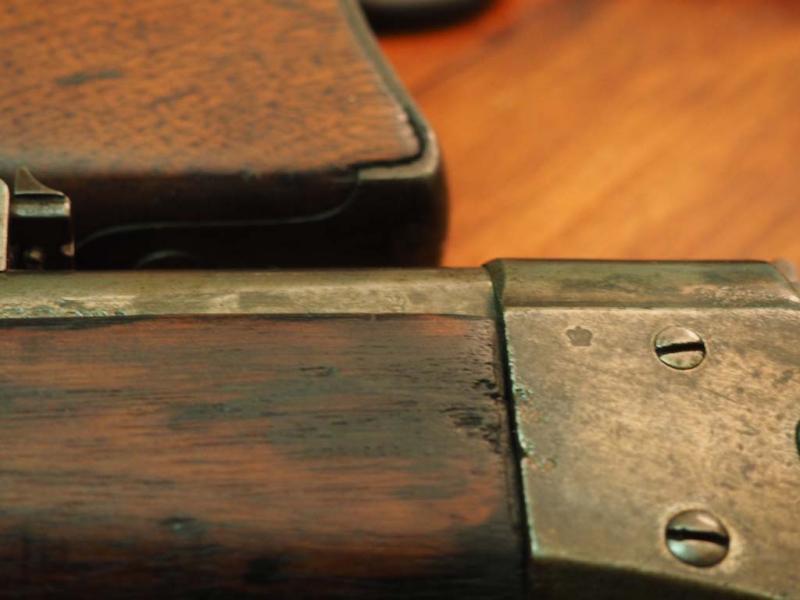
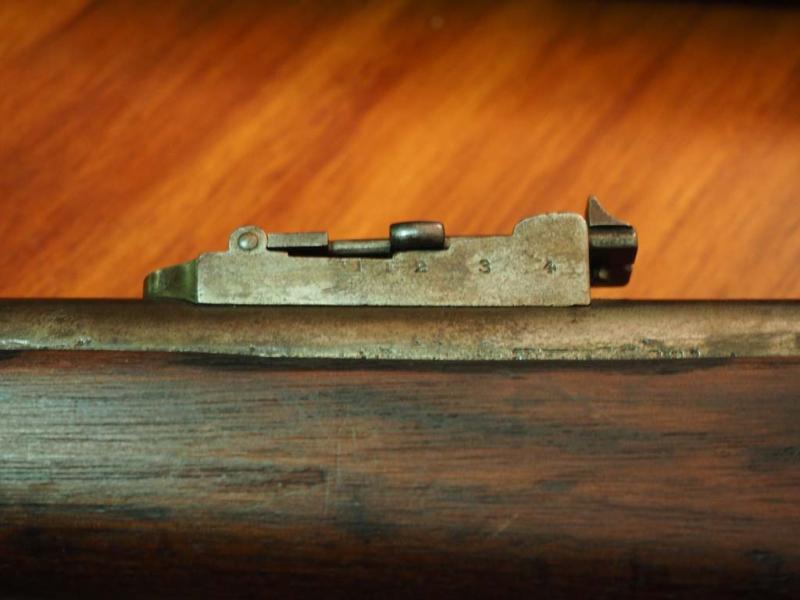
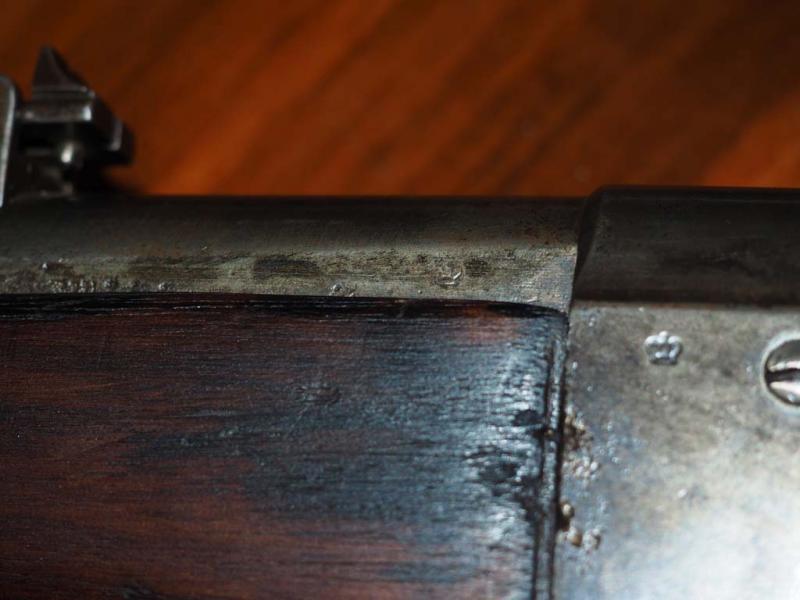
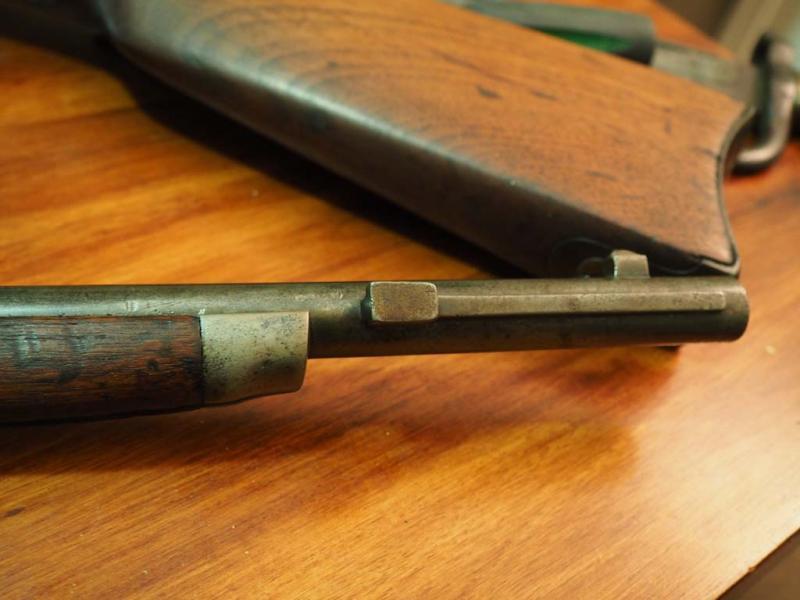
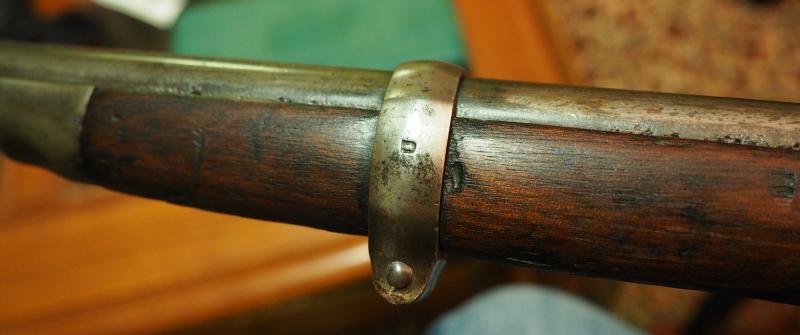
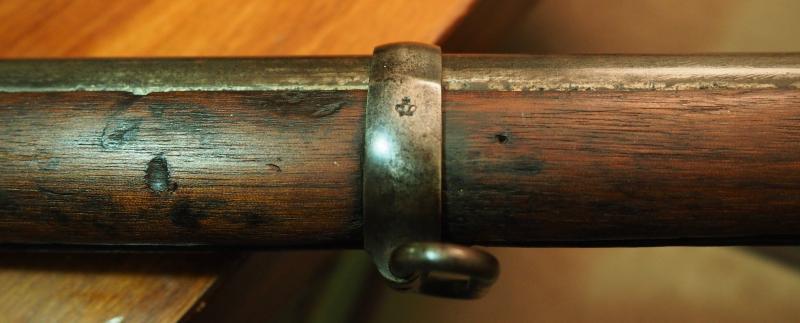
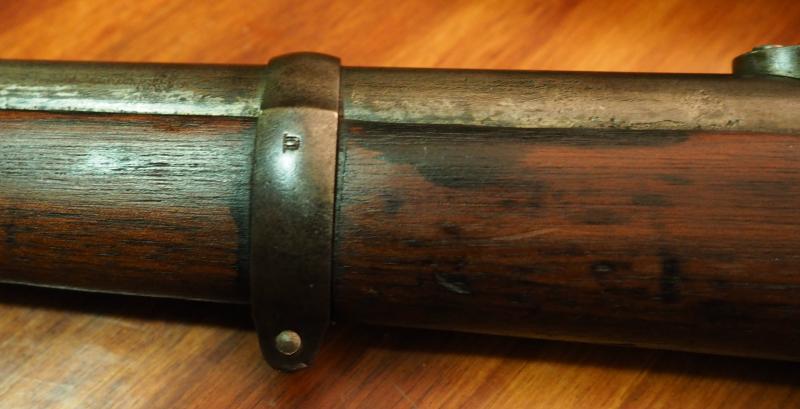
 PM
PM











